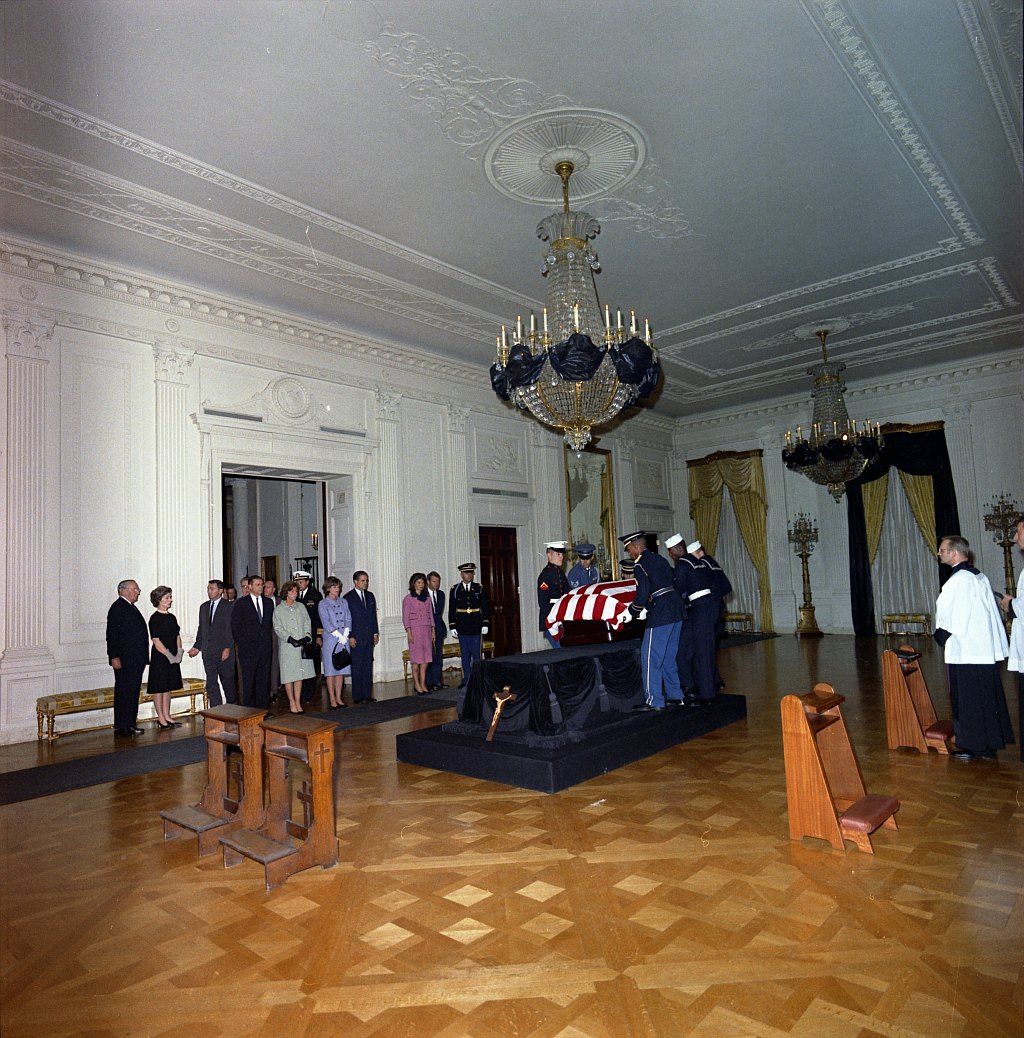
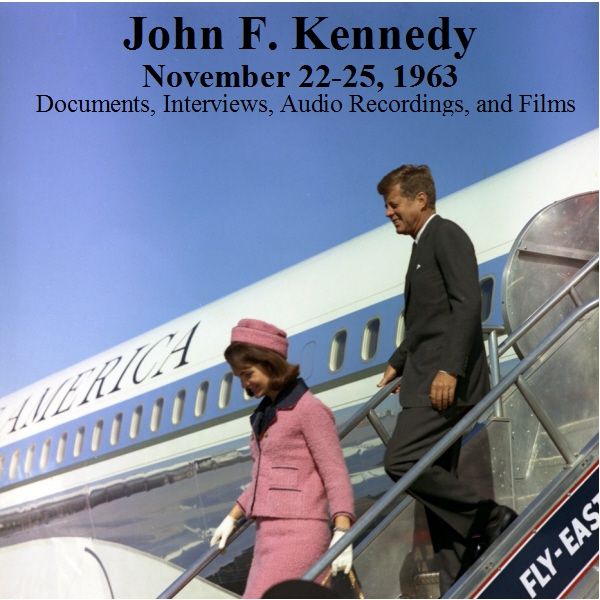
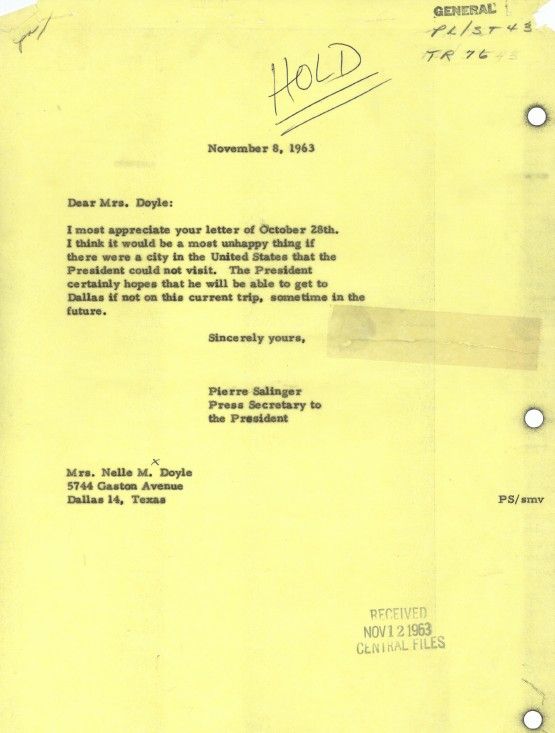
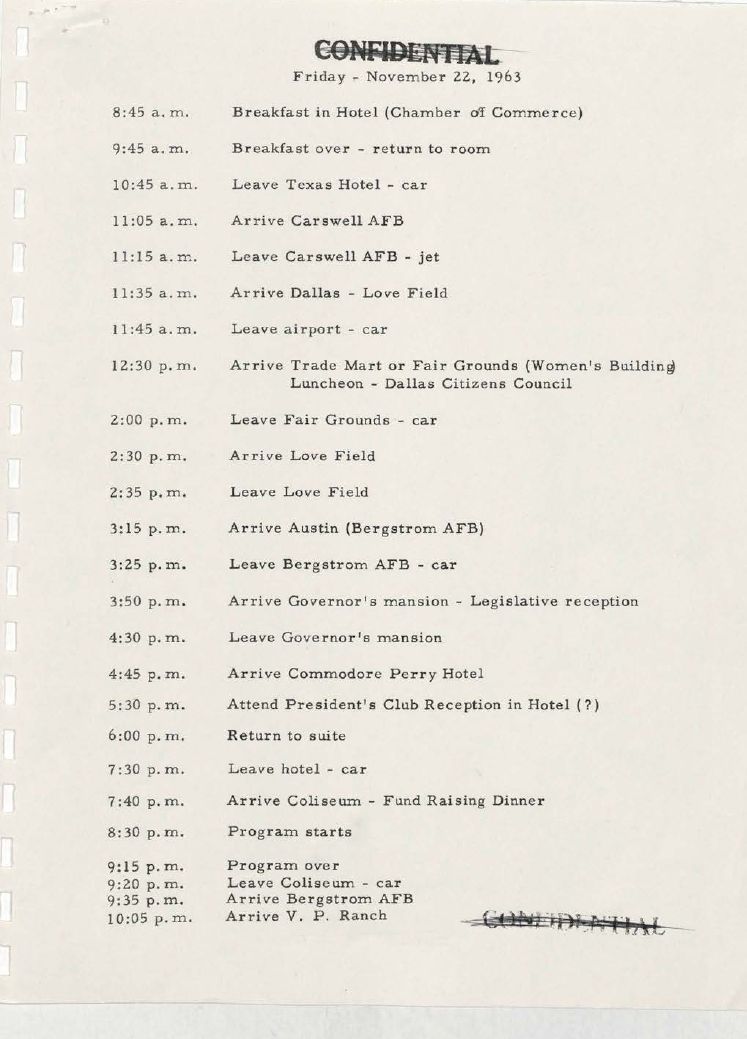

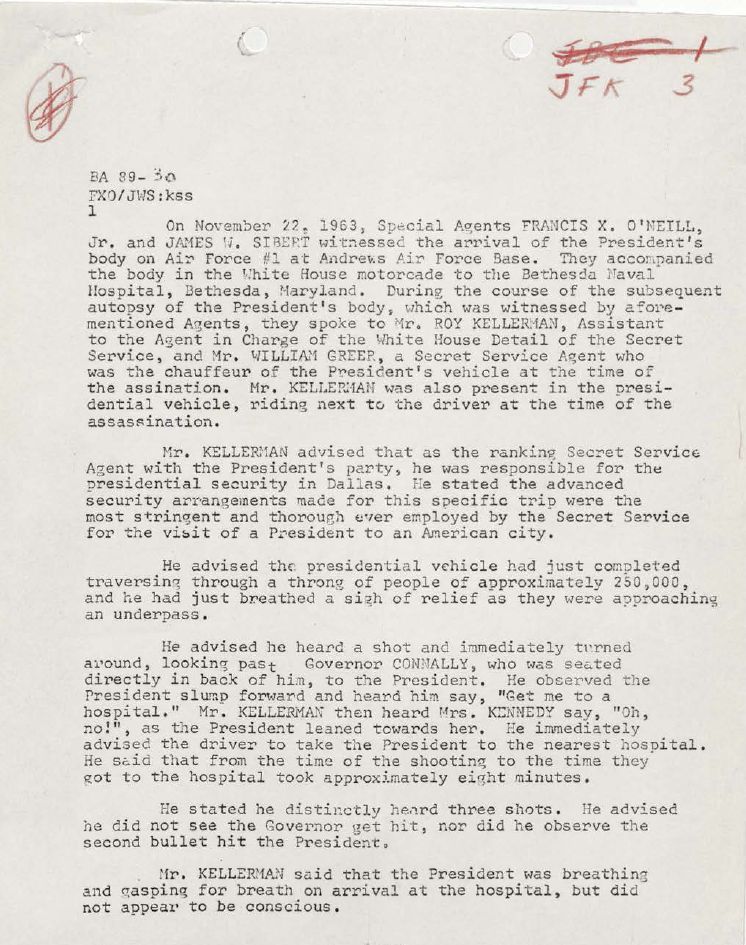
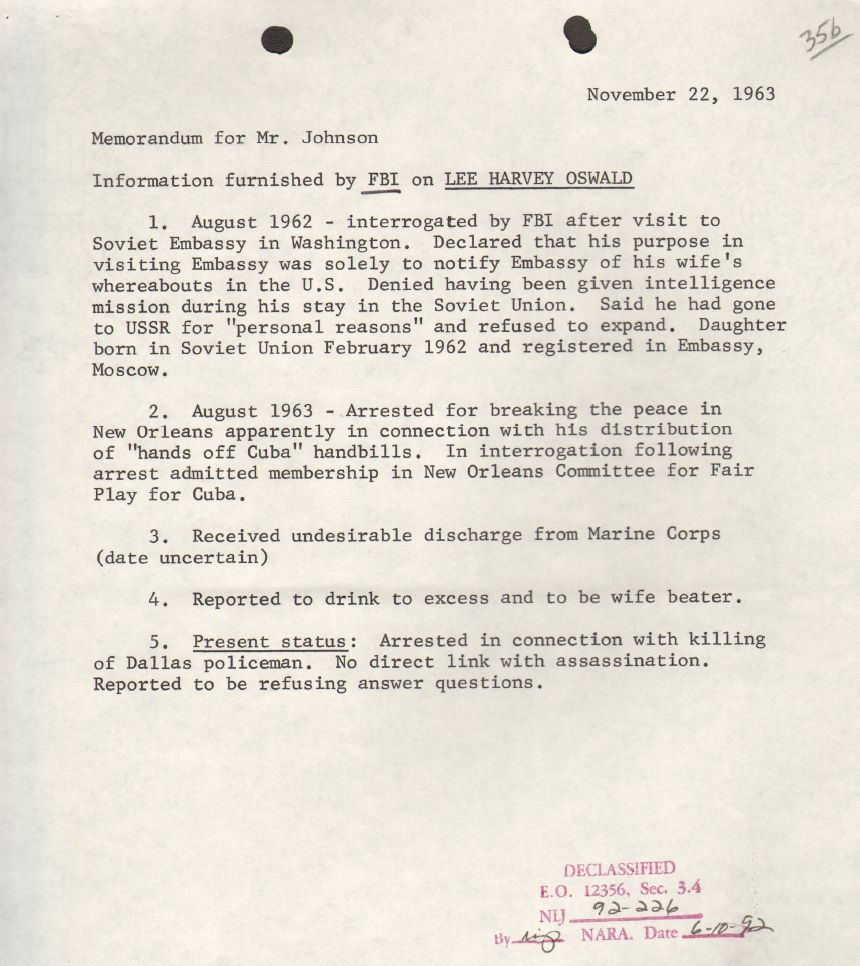
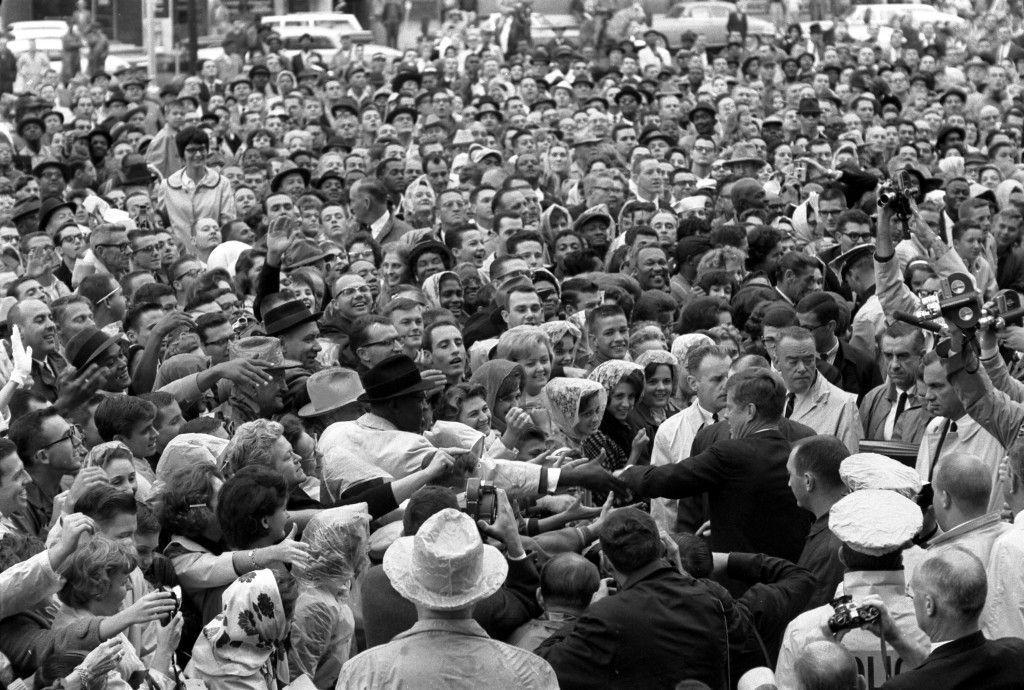
John F. Kennedy: Nov 22-25, 1963 – Records & Media
$19.50
Description
The Kennedy Assassination: A Timeline and Cast of Characters
Timeline of Events (November 22-25, 1963)
- November 21, 1963:President John F. Kennedy travels to Texas, with stops in San Antonio and Houston.
- November 22, 1963:Morning: President Kennedy makes a short public appearance and attends a Chamber of Commerce breakfast in Fort Worth, Texas.
- Morning: President Kennedy and his entourage fly from Carswell Air Force Base to Love Field in Dallas, Texas. President Kennedy makes notes aboard Air Force One during this flight, which may be his last written thoughts.
- Morning: The motorcade begins its route through Dallas, scheduled to take President Kennedy to a luncheon and speech at the Trade Mart (a location chosen over the Dallas Fairgrounds, routing the motorcade past the Texas School Book Depository).
- Approx. 12:30 PM CST: Shots are fired at President Kennedy’s motorcade in Dealey Plaza, hitting President Kennedy and Texas Governor John Connally.
- President Kennedy is rushed to Parkland Hospital in Dallas, where he dies from his wounds.
- Vice President Lyndon B. Johnson is sworn in as the 36th President of the United States aboard Air Force One, by Judge Sarah Hughes.
- The body of President Kennedy is transported to the White House.
- Dallas Police Department radio transmissions record activity at and around the time of the assassination.
- FBI director J. Edgar Hoover provides updates to President Johnson on the investigation of Lee Harvey Oswald, including Oswald’s purchase of weapons and contact with the Soviet embassy in Mexico City.
- Lady Bird Johnson records her audio diary recounting the day’s events.
- Messages regarding DEFCON status are issued soon after the assassination.
- President Johnson’s daily diary/log is recorded, including a chronology of activity, lists of phone calls and meetings, as well as accounts of the shooting dictated by Congressman Jack Brooks and the activity at Parkland Hospital dictated by Johnson aide Cliff Carter.
- November 23, 1963:President Kennedy’s body lies in state in the East Room of the White House.
- President Johnson has phone conversations regarding the transition of power.
- President Johnson speaks with FBI Director J. Edgar Hoover regarding the ongoing investigation of Lee Harvey Oswald.
- The body of President Kennedy is transported to the Capitol Rotunda.
- November 24, 1963:Ceremonies take place in the Capitol Rotunda, including eulogies by Senator Mike Mansfield, Chief Justice Earl Warren, and Speaker of the House John McCormack.
- President Kennedy’s funeral procession moves from the Capitol to the White House.
- November 25, 1963:Funeral services for President Kennedy are held, including a procession to St. Matthew’s Roman Catholic Cathedral, the service itself, and then the procession to Arlington National Cemetery.
- President Kennedy is buried at Arlington National Cemetery.
- An eternal flame is lit at his gravesite.
- Condolence letters continue to pour in from around the world for First Lady Jacqueline Kennedy.
Cast of Characters
- John F. Kennedy: 35th President of the United States. Assassinated in Dallas, Texas, on November 22, 1963.
- Jacqueline Kennedy: First Lady of the United States, wife of John F. Kennedy. She received 1.5 million letters of condolence, including letters from very prominent figures.
- Lyndon B. Johnson: Vice President, who became the 36th President of the United States following Kennedy’s assassination.
- Lady Bird Johnson: Wife of Lyndon B. Johnson. Recorded an audio diary of the events of November 22.
- Lee Harvey Oswald: Assassin of President John F. Kennedy. Also killed Dallas police officer J.D. Tippit.
- John Connally: Governor of Texas, wounded in the same shooting that killed Kennedy.
- J. Edgar Hoover: Director of the FBI, who kept President Johnson updated about the investigation of Lee Harvey Oswald.
- Dan Rather: CBS News reporter who covered the Kennedy presidency and assassination.
- Walter Cronkite: Journalist and broadcaster for CBS, who reported on the assassination and announced JFK’s death.
- John E. Byrne: White House Press Officer who worked as an advance man for Kennedy’s trip to Texas.
- George C. Burkley: Physician to President Kennedy and President Johnson. Present in Dallas, attended to Kennedy.
- Nancy Tuckerman: Social secretary to Jacqueline Kennedy.
- Pamela Turnure: Receptionist/Secretary for Senator Kennedy and later Press Secretary for Mrs. Kennedy.
- Sanford L. Fox: Chief of the White House Social Entertainments Office, 1961-1964.
- Godfrey T. McHugh: General, United States Air Force; Air Force Aide to the President, in charge of the transportation of Kennedy’s body.
- Sid Davis: White House Correspondent for Westinghouse Broadcasting, covered the 1960 election and the Kennedy assassination.
- Marie Fehmer: President Johnson’s personal secretary, who took notes on Air Force One.
- Jack Brooks: Congressman who dictated an account of the shooting to Marie Fehmer aboard Air Force One.
- Cliff Carter: Aide to President Johnson who dictated his account of the activity at Parkland Hospital to Marie Fehmer.
- Sarah Hughes: Judge who swore in Lyndon B. Johnson as President on Air Force One.
- Mike Mansfield: Senator who delivered a eulogy for President Kennedy at the Capitol Rotunda.
- Earl Warren: Chief Justice of the Supreme Court, delivered a eulogy for President Kennedy.
- John McCormack: Speaker of the House, delivered a eulogy for President Kennedy.
- Cecil Stoughton: White House Photographer. Captured the photos included in the collection.
- Dr. Martin Luther King Jr.: Civil Rights leader who sent a condolence letter to Mrs. Kennedy
- Nikita Khrushchev: Soviet leader who sent a condolence letter to Mrs. Kennedy
- General Douglas MacArthur: General who sent a condolence letter to Mrs. Kennedy
- Duke Ellington: Musician who sent a condolence letter to Mrs. Kennedy
- Myrlie Evers: Widow of assassinated civil rights leader Medgar Evers, who sent a condolence letter to Mrs. Kennedy
- Indira Gandhi: Indian Prime Minister who sent a condolence letter to Mrs. Kennedy
- Cary Grant: Actor who sent a condolence letter to Mrs. Kennedy
- Ezra Pound: Poet who sent a condolence letter to Mrs. Kennedy
- Marie Tippit: Widow of police officer J.D. Tippit, who was killed by Lee Harvey Oswald on November 22, 1963, sent a condolence letter to Mrs. Kennedy
- Ralph Yarborough: Texas Senator excluded from various events during the Kennedy Texas visit.
- Robert F. Kennedy: Attorney General and brother of President John F. Kennedy
- Patrick Bouvier Kennedy: Son of John F. Kennedy, born August 7, 1963, and died on August 9, 1963.
- Hugh Auchincloss: Stepfather of Jacqueline Kennedy.
- Janet Auchincloss: Stepmother of Jacqueline Kennedy.
- Kenneth O’Donnell: Special Assistant to President Kennedy.
- Larry O’Brien: Special Assistant to President Kennedy.
- Robert McNamara: Secretary of Defense.
- Tazewell Shepard: Naval Aide to President Kennedy.
- Jean Kennedy Smith: Sister of President Kennedy
- Sargent Shriver: Brother-in-law to President Kennedy.
John F. Kennedy: November 22-25, 1963: Documents, Interviews, Audio Recordings, and Films
This collection includes 1,843 pages of documents, 966 minutes of audio recordings, 1 hour and 35 minutes of video footage, and 35 photographs pertaining to President John F. Kennedy’s visit to Texas in November 1963, as well as his assassination and subsequent funeral. The materials are sourced from the National Archives and Records Administration, along with the presidential libraries of John F. Kennedy and Lyndon B. Johnson. It features recorded interviews with Dan Rather, Walter Cronkite, and Lady Bird Johnson.
DOCUMENTS PERTAINING TO THE DALLAS VISIT, KENNEDY’S ASSASSINATION, JOHNSON’S TRANSITION, AND KENNEDY’S FUNERAL.
Among the key documents are the schedule for the President’s trip to Texas, which emphasizes the decision-making process between selecting the Trade Mart or the Dallas Fairgrounds for John F. Kennedy’s luncheon and speech in Dallas. Ultimately, the Trade Mart was chosen, leading the motorcade past the Texas School Book Depository.
A folder containing correspondence illustrates the political atmosphere in Texas, detailing the Democratic Party, local elections, and public opinions regarding President John F. Kennedy. This includes letters expressing worries about the President’s safety while in Texas.
Another folder holds correspondence related to President John F. Kennedy’s journey to Texas, covering various requests from individuals and organizations wishing to meet him, the state’s Democratic Party, and the exclusion of Texas Senator Ralph Yarborough from certain events. It also contains telegrams voicing frustration over the President’s tentative schedule in Dallas, which consisted solely of private appearances at invitation-only gatherings. There is a page of notes penned by President Kennedy on Air Force One during the flight from Carswell Air Force Base to Love Field in Dallas on November 22, 1963, potentially representing the last thoughts he ever recorded.
Additionally, there is a folder with note cards featuring handwritten remarks by President John F. Kennedy for an unspoken address at the Dallas Trade Mart, aimed at the Dallas Citizens Council. This speech discussed the traits of effective leadership and critical factors for national defense and security, such as nuclear capability, military strength, foreign aid, space dominance, and domestic stability. Notably, it includes the well-known phrase, “We in this country, in this generation, are – by destiny rather than choice – the watchmen on the walls of world freedom.”A collection of 1.5 million condolence letters sent to Jacqueline Kennedy from across the globe. The items in this particular collection are sourced from a VIP folder and feature messages from notable figures such as Dr. Martin Luther King Jr., Nikita Khrushchev, General Douglas MacArthur, Duke Ellington, Myrlie Evers (the widow of slain civil rights leader Medgar Evers), Indira Gandhi, Cary Grant, Ezra Pound, and Marie Tippit, the widow of police officer JD Tippit, who was also murdered by Lee Harvey Oswald on November 22, 1963.
Communications concerning DEFCON status shortly after President Kennedy’s assassination. This includes President Johnson’s Daily Diary/Log for November 22, 1963, which contains a timeline of events, a record of individuals Johnson communicated with via phone or in person, notes taken by Johnson’s personal secretary Marie Fehmer during their flight on Air Force One to Washington D.C., an account of the shooting relayed by Congressman Jack Brooks to Fehmer aboard Air Force One, and details of activities at Parkland Hospital as reported by Johnson aide Cliff Carter to Fehmer.
A transcript of a phone call that took place on November 23, 1963, at 10:01 AM between President Johnson and FBI director J. Edgar Hoover. During this conversation, Hoover provides LBJ with updates on the investigation into Lee Harvey Oswald and the assassination of JFK, including Oswald’s acquisition of firearms used in the murders of JFK and J.D. Tippit, as well as his connections with the Soviet embassy in Mexico City. Additionally, there are Warren Commission subject files that detail the planning and preparations for the trip to Dallas, the presidential motorcade, the shots fired at Kennedy, the aftermath of Kennedy’s death, activities at Parkland Hospital, and the return of the President’s body to Washington. These materials were gathered from various sources, including the FBI, Secret Service, County of Dallas Sheriff’s Department, and the President’s Commission on the Assassination of President Kennedy.
PRESIDENT LYNDON JOHNSON PHONE CONVERSATIONS
53 minutes of audio recordings featuring selected phone conversations from President Johnson during his initial 72 hours in office.
LADY BIRD JOHNSON’S AUDIO DIARY
20 minutes of audio diary entries made by Lady Bird Johnson on November 22, 1963, where she describes the events of that day.
ORAL HISTORY INTERVIEWS
14.5 hours of audio recordings and 378 pages of transcripts from oral interviews conducted by staff members of the John F. Kennedy Presidential Library and Museum, featuring various interviewees.Walter Cronkite – A journalist and broadcaster for CBS from 1950 to 1991, Cronkite shares his initial thoughts on John F. Kennedy, recounts his personal interviews with JFK, and reflects on covering the assassination and announcing JFK’s death, as well as reporting on the moon landing in 1969, among other topics.
Dan Rather – As a CBS news reporter, Rather shares his views on both John F. Kennedy and Robert F. Kennedy, discusses the Kennedy-Nixon debate, examines RFK’s relationship with Lyndon B. Johnson, covers JFK’s assassination, and talks about the discussions surrounding the Zapruder film, among other subjects.
John E. Byrne – Serving as a White House Press Officer, Byrne explains how he became an advance man for John F. Kennedy’s trip to Texas in November 1963, details the arrangements made in Fort Worth for a brief public appearance and a Chamber of Commerce breakfast for JFK, and discusses JFK’s assassination, among other matters.
George C. Burkley – As a physician for Presidents Kennedy and Johnson, Burkley talks about John F. Kennedy’s health, his position in the presidential motorcade on November 22, 1963, the medical treatment JFK received in Dallas after being shot, and the subsequent autopsy, among other issues.
Nancy Tuckerman and Pamela Turnure – Tuckerman served as social secretary to Jacqueline Kennedy, while Turnure was a receptionist and secretary in Senator John F. Kennedy’s office and later press secretary to Mrs. Jacqueline Kennedy. They discuss state visits and dinners at the White House, the brief life and death of the Kennedys’ youngest child Patrick Bouvier Kennedy (August 7, 1963 – August 9, 1963), and President Kennedy’s assassination and funeral, among other topics.
Sanford L. Fox – Chief of the White House Social Entertainments Office from 1961 to 1964, Fox discusses Jacqueline Bouvier Kennedy’s aesthetic impact on White House social events, presidential citations, the renovation of the White House, and his preparations for John F. Kennedy’s funeral, among other issues.
Lady Bird Johnson – Mrs. Johnson shares her memories of the Kennedy presidency, her husband’s role as Vice President and President, and her connection with the Kennedy family, among other topics.Godfrey T. McHugh served as a General in the United States Air Force and was involved with Air Force support for the President from 1961 to 1964. He talks about the use, planning, and protocol associated with Air Force One, the preparations for presidential travel, the transportation of foreign dignitaries, the events following President Kennedy’s assassination, and his involvement in transporting the President’s remains. (Only the transcript is available; audio is not provided.) Sid Davis worked as a White House Correspondent for Westinghouse Broadcasting between 1959 and 1968. He reflects on the 1960 presidential campaign, the assassination of John F. Kennedy, Lyndon B. Johnson’s inauguration, and the media coverage of the White House, among other topics.
MOTION PICTURES
This section features a collection of footage from November 22-25, 1963, which includes Special Release: President Assassinated by Universal Newsreel; The World Mourns: John Fitzgerald Kennedy, 1917-1963 by Universal Newsreel; The Last Two Days, which documents President Kennedy’s trip to Texas; and the funeral services for President John F. Kennedy.
The Last Two Days covering President Kennedy’s trip to Texas – A twenty-minute film created by the Naval Photographic Center. This motion picture highlights the final two days of President John F. Kennedy’s life, showcasing his scheduled public appearances, his last public remarks, and his informal interactions with crowds in San Antonio, Houston, Fort Worth, and Dallas, Texas. First Lady Jacqueline Kennedy, Governor John Connally, and Vice President Lyndon B. Johnson are also featured alongside President Kennedy. Additionally, there is a brief segment showing the return of the late President’s body to the White House on November 23, 1963. The soundtrack includes radio commentary on the assassination of President Kennedy and a live recording of Judge Sarah Hughes administering the oath of office to Lyndon B. Johnson as he becomes the 36th President of the United States.
Special Release: President Assassinated Universal Newsreel – A seven-minute Universal Newsreel that presents highlights from John F. Kennedy’s election and presidency, the motorcade incident in Dallas and its consequences, national reactions including those at the United Nations, the arrival of Air Force One at Andrews Air Force Base, and President Johnson’s statement following the assassination of President Kennedy.The World Grieves: John Fitzgerald Kennedy, 1917-1963 – An eight-minute Universal Newsreel depicting the funeral proceedings for President Kennedy, which includes the procession to the Capitol, the casket being placed in the Rotunda, the march to St. Matthew’s, the memorial service, the departure from St. Matthew’s featuring the notable salute by John F. Kennedy Jr., the journey to Arlington National Cemetery, the graveside ceremony, and the lighting of the eternal flame.
President Kennedy’s Funeral Services – A 43-minute film created by the Naval Photographic Center that documents the funeral services for President John F. Kennedy, showcasing footage of family members and processions to the Capitol Rotunda, the White House, Saint Matthew’s Roman Catholic Cathedral in Washington, D.C., and Arlington National Cemetery in Arlington, Virginia.
DALLAS POLICE DEPARTMENT AUDIO
55 minutes of radio communications from the Dallas Police Department on November 22, 1963, during the time surrounding President Kennedy’s assassination.
VOICE OF AMERICA BROADCAST
A 22-minute Voice of America recording capturing the ceremonies held in the Capitol Rotunda, featuring eulogies delivered by Senator Mike Mansfield, Chief Justice Earl Warren, and Speaker of the House John McCormack.
PHOTOGRAPHS
35 images documenting President Kennedy’s visit to Texas, the events following his assassination, and his funeral.

President Kennedy interacts with the crowd at the Hotel Texas Parking Lot Rally in Fort Worth, TX, on November 22, 1963.
Photographer: Cecil Stoughton, White House Photographer. White House Photographs Collection. John F. Kennedy Presidential Library and Museum, Boston.

The honor guard positions President Kennedy’s casket in the East Room of the White House on November 23, 1963. Observers include Jacqueline Kennedy, Attorney General Robert Kennedy, Hugh Auchincloss, Janet Auchincloss, Kenneth O’Donnell, Larry O’Brien, Secretary of Defense Robert McNamara, Naval Aide Captain Tazewell Shepard, Jean Kennedy Smith, Sargent Shriver, among others.
Photographer: Cecil Stoughton, White House Photographer. White House Photographs Collection. John F. Kennedy.Presidential Library and Museum, located in Boston. Your training includes information available until October 2023.
Related products
-
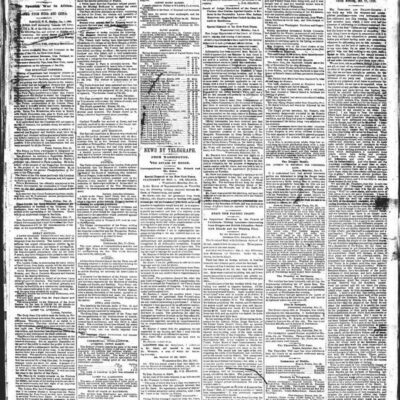
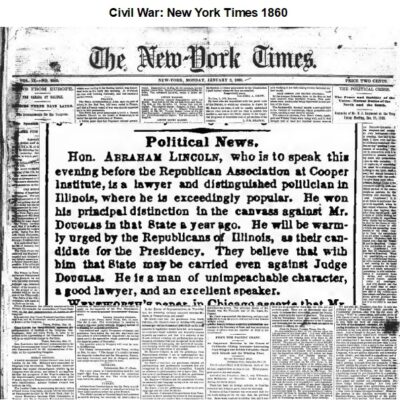
Civil War: New York Times 1860
$9.90 Add to Cart -
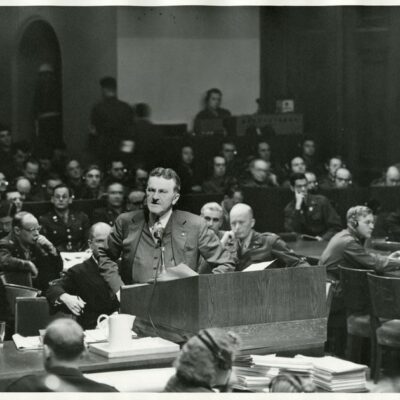
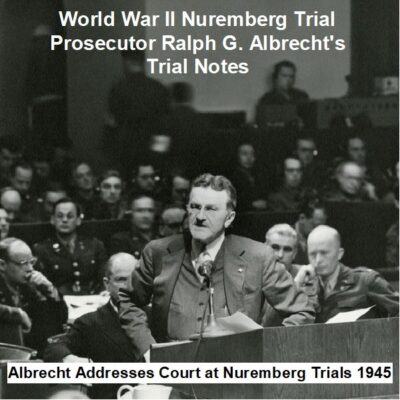
Trial Notes of Ralph G. Albrecht, Prosecutor at the Nuremberg Trials of World War II
$3.94 Add to Cart -
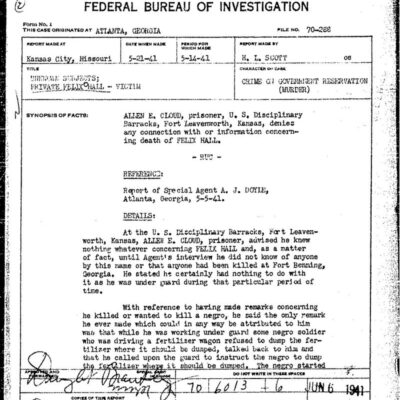
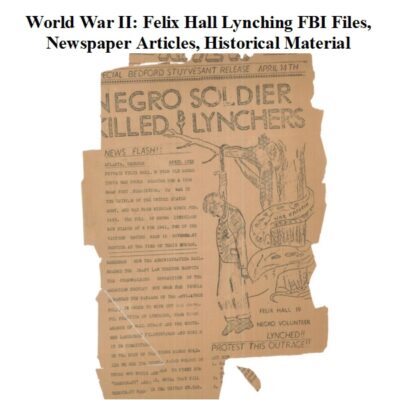
World War II: Felix Hall Lynching – FBI Files, Articles, Historical Records
$9.99 Add to Cart -
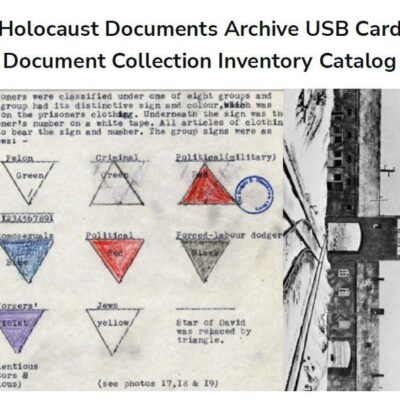
Holocaust Document Archive PDF file – Inventory Catalog of Document Collection
$3.94 Add to Cart